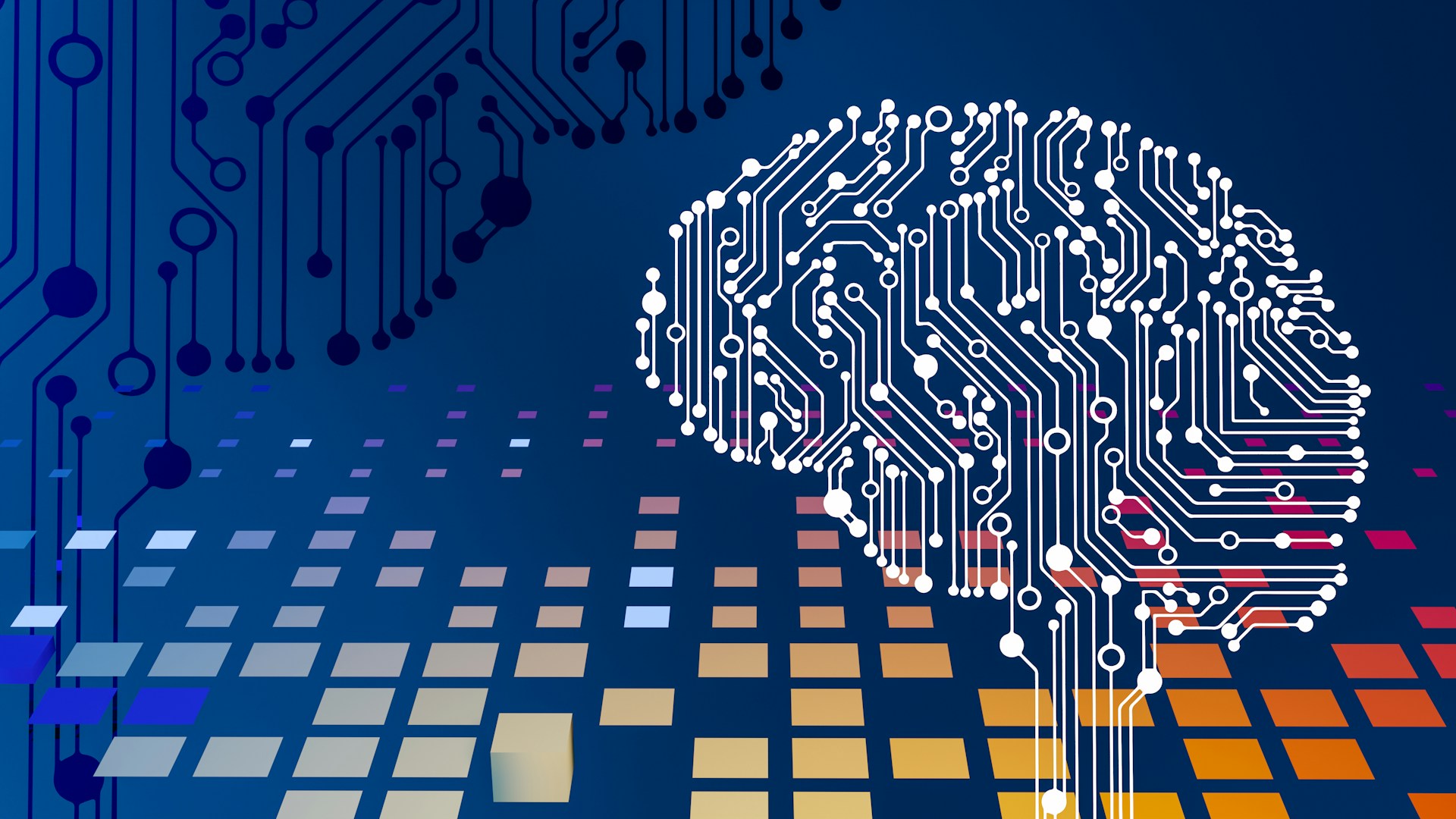Introduction
In today’s fast-paced learning environment, studying smarter—not harder—has become more important than ever. Fortunately, with the rise of AI-powered mind maps, students can now organize complex information more efficiently and boost their understanding effortlessly. Whether you’re preparing for exams, working on a big project, or simply trying to retain more knowledge, AI mind mapping tools can transform the way you study. In this guide, you’ll discover exactly how to leverage AI technology to create smarter, faster, and more effective study sessions.
What Are AI-Powered Mind Maps?
AI-powered mind maps combine traditional visual learning techniques with artificial intelligence to create dynamic study tools that adapt to your learning style. Unlike conventional mind maps, these intelligent versions can;
- Adapt to your learning patterns over time
- Generate quiz questions to test your understanding
- Automatically organize information based on relationships and importance
- Suggest relevant connections between concepts you might have missed
Benefits of Using AI Mind Maps for Studying
Enhanced Information Retention
AI-powered mind maps significantly enhance information retention by presenting complex data in a visual format. Instead of simply reading or memorizing facts, these tools break down information into manageable chunks, which makes it easier for your brain to absorb. Additionally, AI tools suggest connections and relationships between topics, helping reinforce key concepts. As a result, the mind map becomes a dynamic study aid that adapts to your learning needs. Consequently, this structured approach improves both short-term recall and long-term retention, ensuring that the information sticks with you for longer periods.
Time Efficiency
AI-powered mind maps dramatically reduce study time by:
- Organizing content in order of importance and relevance
- Automatically extracting key information from textbooks, articles, and lecture notes
- Highlighting connections between related topics across different subjects
Personalized Learning Experience
One of the most powerful features of AI-powered mind maps is how they create a personalized learning experience. By analyzing your input and learning preferences, these tools suggest tailored connections and offer relevant content that matches your study needs. For example, if you struggle with a particular topic, AI can highlight important subtopics or resources to focus on. As a result, AI-powered mind maps adapt to your unique learning style, making studying more effective and efficient. Ultimately, this personalized approach ensures that you are always on the right track, allowing you to study smarter, not harder.
Top 4 AI Mind Mapping Tools for Students
1. MindMeister AI
MindMeister AI utilizes advanced machine learning algorithms to automatically suggest connections between topics, efficiently organizing information into a clear hierarchical structure. Moreover, its collaborative features enable study groups to contribute and build a collective knowledge map, making it easier to share insights and enhance group learning. As a result, this tool not only helps individuals study smarter but also fosters teamwork and collaborative learning
2. XMind with AI Assistant
XMind’s AI assistant helps generate branches, recommend related concepts, and even suggest clarifying images or diagrams to enhance understanding.
3. Mindomo Smart Maps
Mindomo Smart Maps can automatically generate mind maps from text documents, research papers, or web pages, saving valuable time during the study preparation phase.
4. Ayoa
Ayoa combines traditional mind mapping with AI-powered task management. The platform analyzes your learning patterns to suggest optimal study schedules and approaches for different subjects.
How to Create Effective AI Mind Maps
Step 1: Select the Right Tool
Choose an AI mind mapping tool that aligns with your specific needs—whether that’s collaborative features, automation capabilities, or integration with other study platforms.
Step 2: Feed Quality Content
Upload lecture notes, textbook chapters, or research papers related to your topic. The AI will extract key points and organize them into a coherent structure.
Step 3: Start with Core Concepts
Begin by entering the main topic or concept at the center of your map. Allow the AI to suggest relevant subtopics or branches based on this central theme.
Step 4: Refine Through Interaction
Interact with your mind map by:
- Rearranging suggestions that don’t fit your understanding
- Collapsing sections that are well-understood
- Adding personal notes or mnemonics
- Rearranging suggestions that don’t fit your understanding
Step 5: Test Your Knowledge
Use the AI’s quiz generation features to test your understanding of the material. Many platforms can create questions based on your mind map content.
Maximizing AI Mind Maps for Different Subjects
For Language Learning
AI-powered mind maps can effectively group vocabulary by themes, link grammar rules to practical examples, and even recommend related words or phrases to broaden your language skills. As a result, these tools provide a comprehensive approach to language learning, making it easier to expand your vocabulary and understand key concepts in context.
For Humanities and Social Sciences
Leverage AI features to connect themes, historical events, or philosophical concepts, creating a clearer understanding of how they relate to each other. The visual structure of mind maps enhances this by illustrating cause-and-effect relationships, as well as chronological developments. As a result, complex subjects become easier to comprehend and study
For Mathematics and Sciences
AI mind maps are highly effective at visualizing formulas, procedures, and the relationships between key concepts. By allowing the AI to suggest connections between theories and their practical applications, you can better understand how abstract ideas relate to real-world scenarios. This visual approach enhances your ability to grasp complex subjects more easily.
Overcoming Common Challenges with AI Mind Maps
Information Overload
AI suggestions can occasionally become overwhelming. However, most tools offer features that allow you to collapse branches or filter information according to relevance or difficulty level. This makes it easier to focus on the most important content, helping you study more efficiently without feeling overwhelmed.
Technical Limitations
Some AI features require internet connectivity or subscription fees. Plan your study sessions accordingly and consider which features are essential for your learning style.
Over-Reliance on AI
Remember, AI is a tool, not a substitute for genuine understanding. While AI suggestions serve as helpful starting points, it’s essential to critically evaluate and personalize your mind maps. This ensures that you actively engage with the material and tailor the information to your unique learning needs.
Future of AI in Study Techniques
The integration of AI with mind mapping is still in its early stages. However, future developments are expected to bring even more advanced features, including:
- Collaborative AI that connects students working on similar topics
- Real-time adaptation based on biometric feedback about your focus and comprehension
- Virtual reality mind maps for immersive learning experiences
Conclusion
Undoubtedly, AI-powered mind maps represent the intelligent evolution of traditional study techniques. By strategically leveraging artificial intelligence to personalize, organize, and optimize your learning experience, these tools can dramatically improve both efficiency and effectiveness in your studies.
Furthermore, whether you’re preparing for exams, researching complex topics, or simply trying to master new skills, incorporating AI mind mapping into your study routine could be the smart approach that transforms your learning journey. To begin with, start small with a single subject, then experiment with different AI features, and consequently discover how this technology can help you study not just harder, but smarter.





